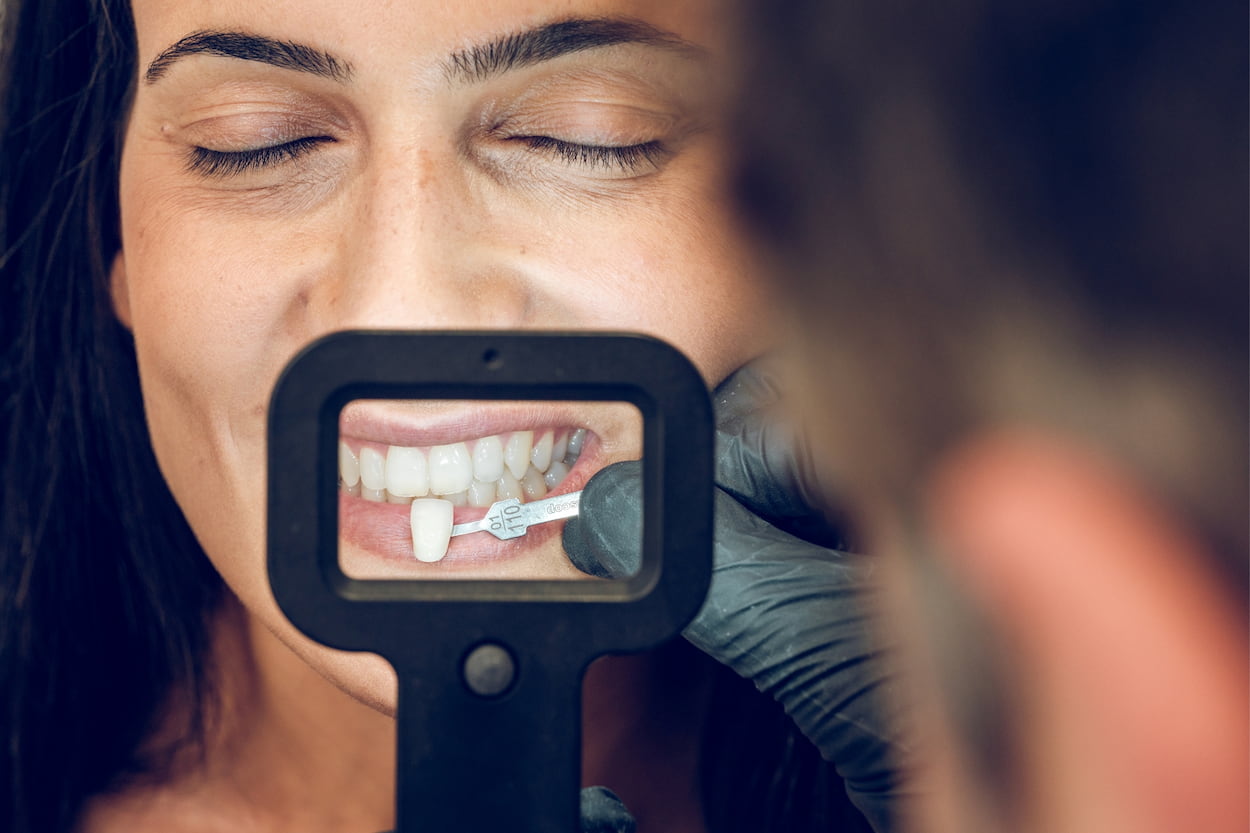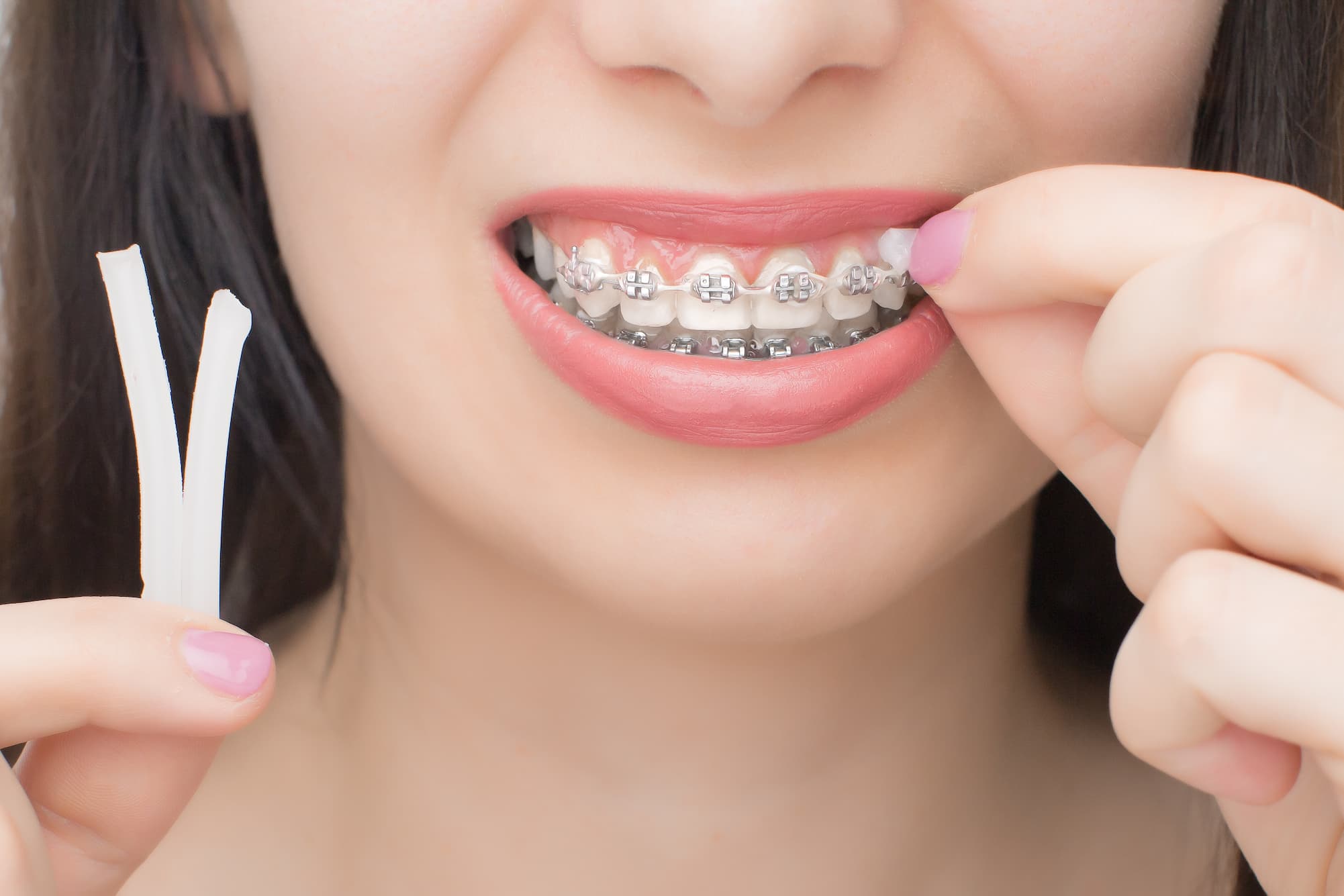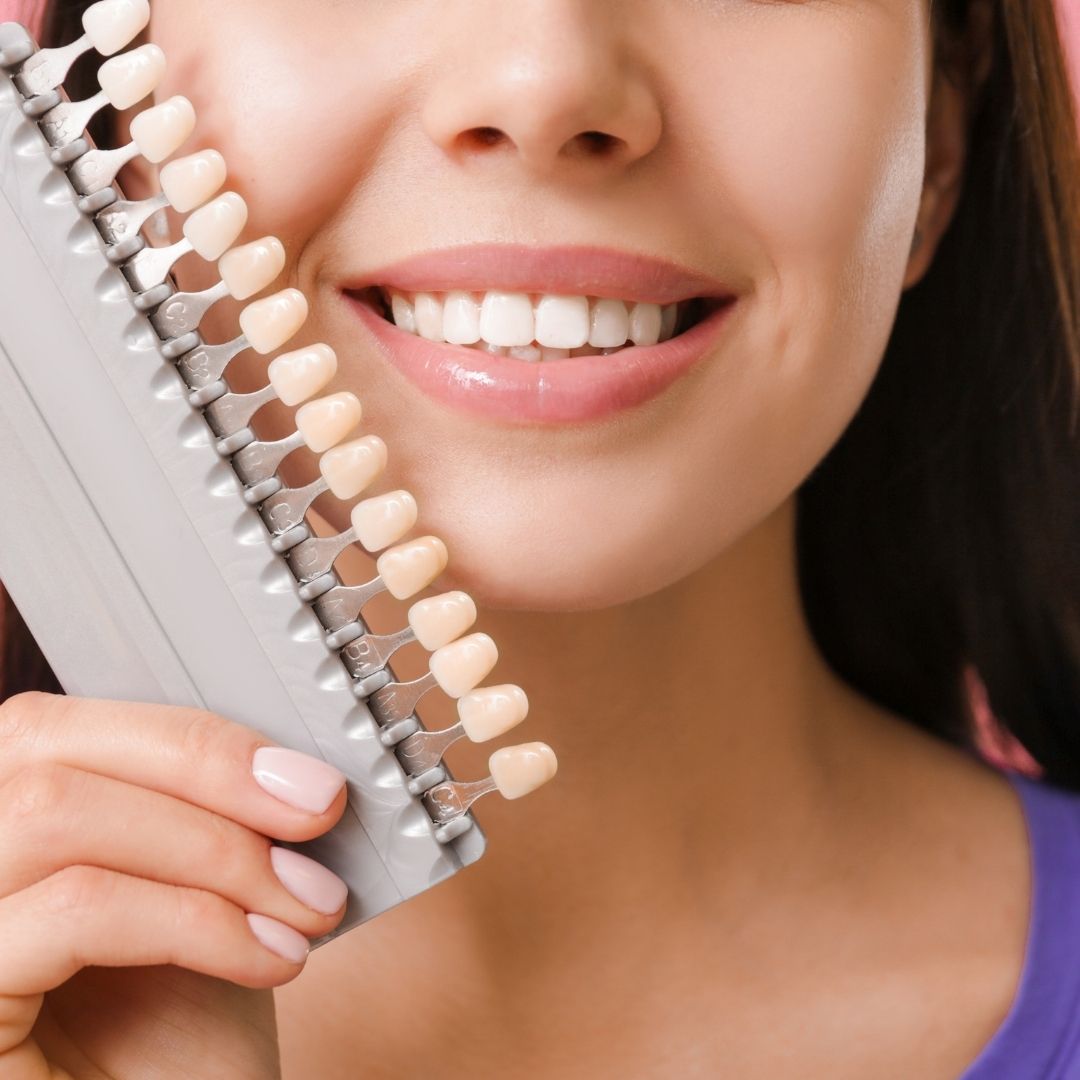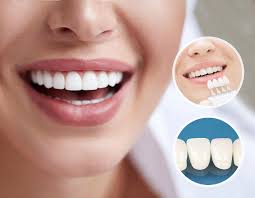
Zirconia and Emax Crowns
Zirconia and emax crowns are one of the most popular types of dental restorations that are used to repair and reinforce damaged teeth. They are also one of the more expensive solutions. A tooth can have its shape, size, and strength restored, as well as its appearance improved, with the use of a crown, which is a cap in the shape of a tooth that is cemented over the affected tooth. Crowns can be fabricated from a wide range of materials, such as porcelain, ceramic, gold, or even plastic. Nevertheless, Emax and zirconia are rapidly becoming the most preferred materials for the fabrication of crowns. This article will discuss the distinctions between zirconia crowns and Emax crowns, as well as the elements to take into consideration when selecting one type of crown over the other.
Emax Crowns vs. Zirconia Crowns: Which is Better for Posterior Teeth?
Posterior teeth are the molars and premolars located at the back of your mouth. These teeth are used to chew and grind food, which means they need to be strong and durable. When it comes to choosing a crown material for posterior teeth, zirconia crowns are generally considered to be the better option. Zirconia is an extremely strong material, which makes it ideal for use in the back of the mouth where the forces of chewing are the strongest. Additionally, zirconia crowns are highly resistant to wear and tear and can last for many years without needing to be replaced.
How Do I Choose a Crown Material?
The type of crown material that is chosen is determined by a number of different aspects, including the sum of cash that you have available, the position of the tooth that needs to be corrected, as well as your own personal preferences. While choosing between zirconia crowns and Emax crowns, there are a few things to keep in mind, including the following:
Strength: Zirconia crowns are stronger than Emax crowns, which makes them a better choice for posterior teeth.
Aesthetics: Emax crowns have a more natural appearance than zirconia crowns, making them a better choice for front teeth.
Cost: Emax crowns tend to be more expensive than zirconia crowns.
Procedure: Emax crowns require less tooth preparation than zirconia crowns, which means less drilling and less damage to the tooth.
Allergies: Some patients may be allergic to certain crown materials, so it’s important to discuss any allergies with your dentist.
The type of crown material that is used is selected based on a variety of factors, such as the amount of money that you have available, the position of the tooth that needs to be fixed, as well as your own individual preferences and choices.
What is the Strength of Zirconia vs Emax?
As mentioned earlier, zirconia is an extremely strong material that is highly resistant to wear and tear. In fact, zirconia is one of the strongest materials used in dentistry and is often used in implants, bridges, and other restorations. Emax, on the other hand, is a type of porcelain that is known for its strength and durability. However, Emax is not as strong as zirconia and is better suited for use in the front teeth.
What Is the Major Limitation of Zirconia?
The major limitation of zirconia is that it cannot be used in thin sections. This means that zirconia crowns cannot be made as thin as Emax crowns, which can make them less suitable for use in the front teeth. Additionally, zirconia crowns are more difficult to adjust and polish than Emax crowns, which means they may require more time and effort to achieve a natural-looking finish. However, with the right techniques and materials, skilled dentists can still achieve excellent results with zirconia crowns.
In summary, both zirconia and emax crowns have their advantages and disadvantages, and the choice of crown material ultimately depends on the specific needs and preferences of the patient. Zirconia is a strong and durable material that is ideal for use in posterior teeth, while Emax is a more aesthetically pleasing material that is better suited for use in the front teeth. Other factors to consider when choosing between these materials include cost, tooth preparation requirements, and any allergies or sensitivities the patient may have.
It’s important to consult with a qualified and experienced dentist to determine which type of crown is best suited for your individual needs. Your dentist can evaluate the condition of your teeth, discuss your options with you, and help you make an informed decision about the best course of treatment.
In conclusion, when considering whether to choose Emax crowns or zirconia crowns, it’s important to consider the specific requirements of your case, including the location of the tooth being restored, your budget, and your aesthetic preferences. Ultimately, with the help of a skilled and experienced dentist, you can achieve excellent results with either material and enjoy a healthy, beautiful smile for years to come.
What Is the Difference Between Zirconia Crown and Emax?
When it comes to dental crowns, there are many options available, each with its own advantages and disadvantages. Two popular types of crowns are zirconia and Emax, and while both materials are commonly used for dental restorations, they differ in several ways.
Zirconia Crowns
Zirconia is a type of ceramic material that has been used in dentistry for many years. It is known for its exceptional strength and durability, making it an ideal material for use in posterior teeth, which are subject to greater biting forces. Zirconia crowns are made by milling a block of zirconia using computer-aided design and manufacturing (CAD/CAM) technology. This results in a precise fit and a crown that is resistant to chipping and cracking.
One of the main advantages of zirconia crowns is their strength. Zirconia is one of the strongest materials used in dentistry, and it is able to withstand the stresses of chewing and biting without fracturing or breaking. Zirconia crowns are also highly biocompatible, meaning they are not likely to cause an allergic reaction or irritation in the surrounding tissue. Another advantage of zirconia crowns is their ability to blend in with the surrounding teeth. While not as aesthetically pleasing as Emax, zirconia crowns can still be customized to match the color of the surrounding teeth, resulting in a natural-looking restoration.
Emax Crowns
Emax is a type of lithium disilicate ceramic material that has gained popularity in recent years due to its exceptional aesthetic properties. Emax crowns are known for their translucency, which allows them to mimic the appearance of natural teeth. They are made by layering porcelain onto a substructure made of lithium disilicate, resulting in a crown that is both strong and aesthetically pleasing.
One of the main advantages of Emax crowns is their aesthetics. Emax is highly translucent, which means that light is able to pass through the crown in much the same way that it passes through natural teeth. This gives Emax crowns a lifelike appearance that is difficult to achieve with other materials. Emax crowns are also highly customizable, allowing dentists to match the color and shape of the crown to the surrounding teeth for a seamless restoration.
Differences Between Zirconia and Emax Crowns
The main difference between zirconia and Emax crowns is their material properties. Zirconia is a highly durable material that is ideal for use in posterior teeth, while Emax is a highly aesthetic material that is best suited for use in the front teeth. Zirconia crowns are highly resistant to chipping and cracking, making them ideal for areas of the mouth that are subject to greater biting forces. Emax crowns, on the other hand, are more prone to chipping and cracking, but they offer exceptional aesthetics that make them a popular choice for front teeth restorations.
Another difference between zirconia and Emax crowns is their preparation requirements. Zirconia crowns require less tooth preparation than Emax crowns, as they can be made thinner and still retain their strength. Emax crowns, on the other hand, require more tooth preparation due to their greater thickness and the need for a substructure made of lithium disilicate.
Cost is also a factor to consider when choosing between zirconia and Emax crowns. Zirconia crowns are generally less expensive than Emax crowns, as they require less time and material to produce. However, Emax crowns offer exceptional aesthetics that may justify the higher cost for some patients.
In conclusion, both zirconia and Emax crowns have their advantages and disadvantages, and the choice between the two ultimately depends on the specific needs of the patient. For posterior teeth restorations, zirconia crowns may be the better choice due to their exceptional strength and durability. For front teeth restorations, Emax crowns may be a better choice due to their exceptional aesthetics. It is important to discuss the advantages and disadvantages of each material with your dentist to determine which type of crown is best suited to your individual needs It is worth noting that both zirconia and Emax crowns are excellent choices for dental restorations, and advancements in dental technology continue to improve the performance and aesthetics of both materials. When properly cared for, both zirconia and Emax crowns can last for many years and provide patients with a functional and attractive restoration.
The Study of Zirconia and Emax Crowns
A recent comparative study published in the Journal of Prosthodontics examined the long-term performance of zirconia and Emax crowns in a cohort of 200 patients. The study found that zirconia crowns demonstrated superior strength and durability, particularly in posterior teeth, where the forces of chewing are most substantial. Emax crowns, on the other hand, were praised for their exceptional aesthetics, making them an excellent choice for front teeth restorations. This research underscores the importance of considering both material properties and individual patient needs when selecting the appropriate type of crown.
Healthy Türkiye Notes
While zirconia and Emax crowns differ in their material properties and preparation requirements, both offer unique advantages that make them a popular choice for dental restorations. By discussing the advantages and disadvantages of each material with your dentist, you can make an informed decision about which type of crown is best suited to your individual needs. With proper care and maintenance, both zirconia and Emax crowns can provide patients with a functional and attractive restoration that can last for many years.



